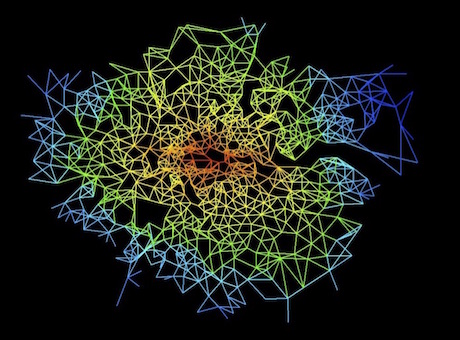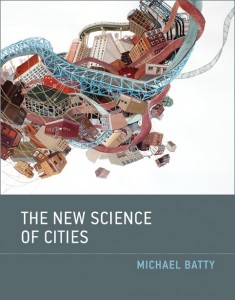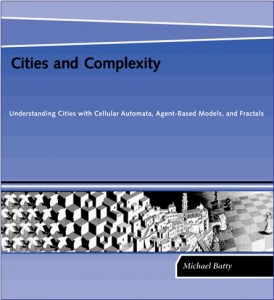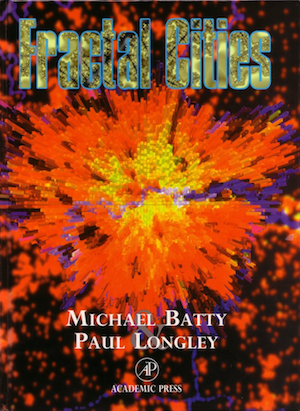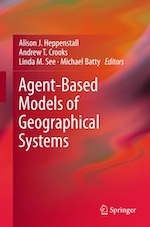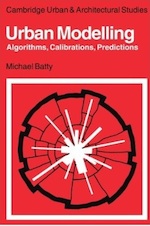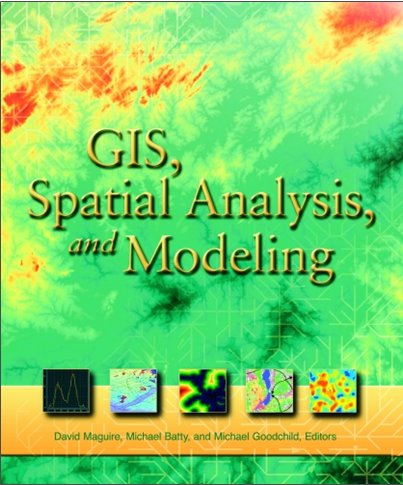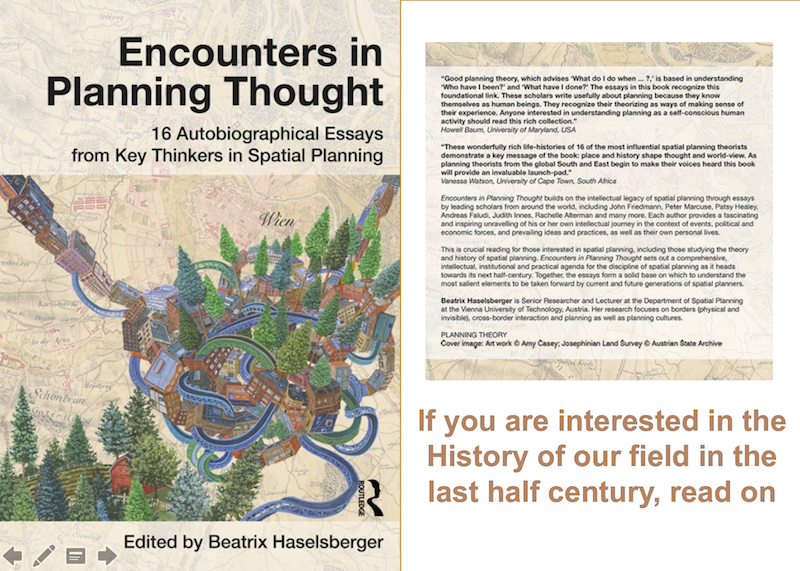
Click on the picture or on this link to by the book online. The project has a web site – click here for the web site and the wider context from which this extract is taken. And take a look inside the book here.
The Encounters in Planning Thought book-project was born out of the need to capture the planning thoughts and reflections from 16 leading thinkers of the original generation of planning professors, who led the formation of the academic field of city and regional planning. The aim of this project is to understand and unpack the roots of the planning discipline. In difference to existing ‘planning history projects’ we seek to explore the roots of planning through the eyes of selected individuals who influenced and shaped the field of planning over the last five decades. Understanding the history of the field of planning through oral histories enables us to grasp also the impacts of historical events, demographic change, political systems, etc. of an ever changing world, on the history of the field. This approach makes it possible to understand how planning thoughts can be adopted meaningfully in a different time, context and situation.
The project was born out of the need to capture the wisdom of the first generation of planners. The finite amount of time that the current and next generation of planners have to accumulate this information underlines the ‘now or never’ aspect of this project. When this highly influential generation is gone, their knowledge will be lost. This makes this project an extremely time sensitive endeavour.
We argue that it is important to understand the evolution of planning thought in the context of personal values and experiences as well as in relation to an ever changing world, from those individuals who have first-hand knowledge of this intellectual evolution. Through their historical accounts of the emergence and development of the field of planning, we can not only reflect on the past to resolve our current issues but we can reflect on the past to further the field of planning in the future.



